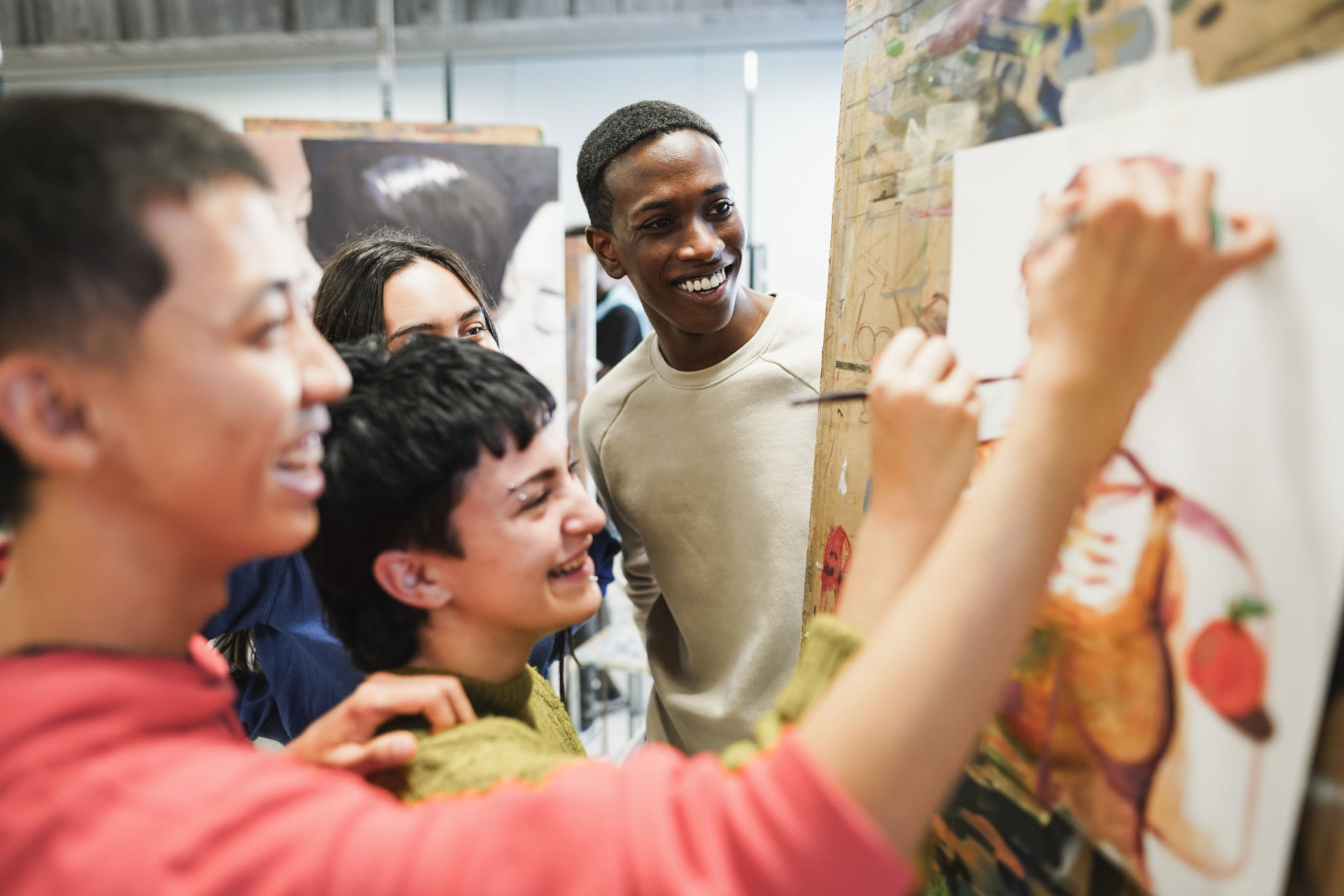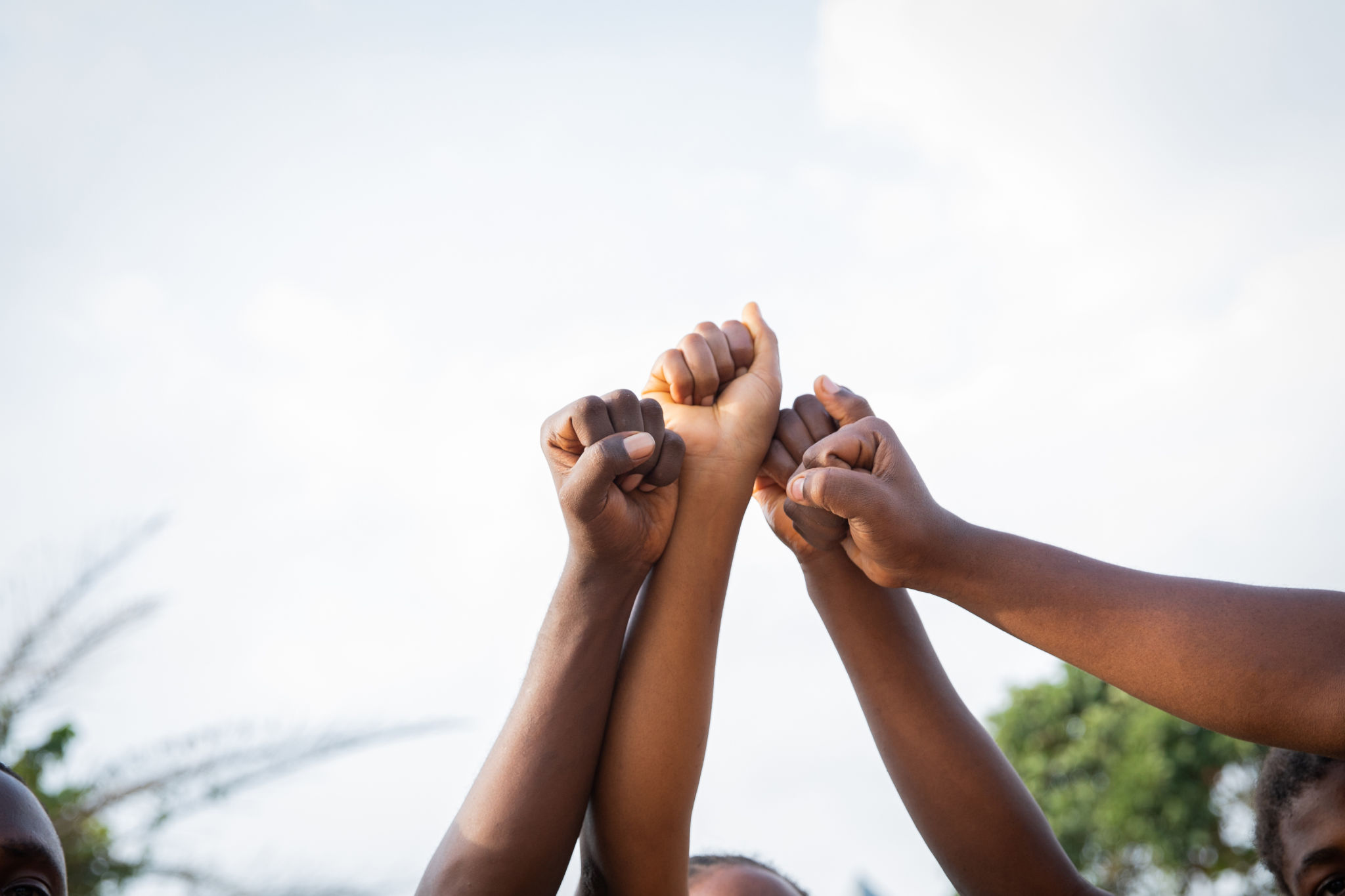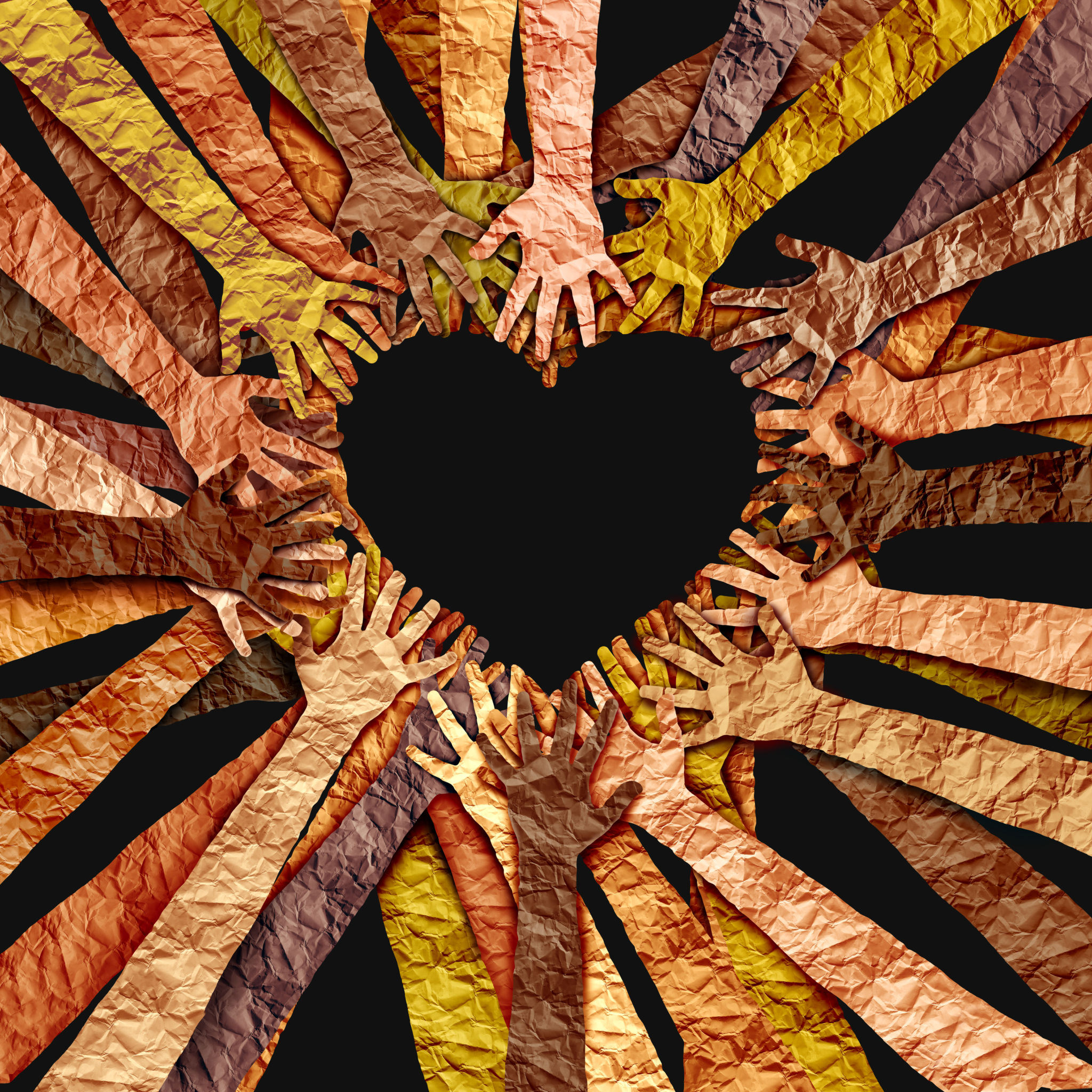The Influence of Regional Culture on Contemporary Black Art
Understanding Regional Influence in Black Art
The rich tapestry of contemporary Black art is a testament to the diverse cultural influences that shape it. At the heart of this diversity is the profound impact of regional culture, which plays a significant role in defining the themes, styles, and mediums that artists choose to explore. From the vibrant streets of Harlem to the soulful landscapes of the American South, each region contributes unique elements to the overarching narrative of Black art.
Regional culture encompasses a myriad of factors, including history, geography, and local traditions. These elements collectively shape the experiences and perspectives of artists, influencing not only their subject matter but also their artistic expression. By examining these regional influences, we gain a deeper understanding of the complexities and nuances within contemporary Black art.

The Role of History and Legacy
History plays a pivotal role in shaping regional culture and, by extension, contemporary Black art. The legacy of the civil rights movement, for example, is deeply embedded in the artistic expressions emerging from the Southern United States. Artists from this region often draw inspiration from historical figures and events, weaving narratives that honor their ancestors' struggles and triumphs.
Moreover, regions with rich histories of African American activism and cultural contributions—such as Chicago and Detroit—serve as fertile ground for artistic innovation. The historical context of these areas provides a backdrop against which artists can explore themes of identity, resilience, and empowerment.

Geography as a Source of Inspiration
Geographical landscapes also play an essential role in influencing contemporary Black art. The bustling urban environments of cities like New York and Los Angeles offer a stark contrast to the serene rural settings found in parts of Georgia or Mississippi. These differences in environment inspire distinct artistic approaches, whether through vibrant street art or contemplative landscape paintings.
Urban settings often serve as canvases for exploring social issues such as gentrification, racial inequality, and community dynamics. In contrast, rural settings might evoke themes of connection to nature, ancestral roots, and spiritual introspection. This geographic diversity enriches the overall narrative of Black art by introducing varied perspectives and experiences.

Traditions and Community Influence
Local traditions and community practices are integral to the development of regional culture. These elements not only influence the content of Black art but also its form and technique. In regions where music and dance are deeply rooted in cultural expression, these art forms often intersect with visual arts, resulting in dynamic multimedia works.
Community influence is also evident in collaborative projects that bring together artists from different disciplines. These collaborations often highlight shared cultural practices and collective experiences, fostering a sense of unity and solidarity within the regional artistic community.

The Global Impact of Regional Art
While regional culture plays a crucial role in shaping contemporary Black art, its impact extends far beyond local borders. The global art scene increasingly recognizes and celebrates the unique contributions of Black artists from diverse regions. This recognition amplifies their voices on an international stage, promoting cross-cultural dialogue and understanding.
Through exhibitions, festivals, and digital platforms, regional Black art reaches audiences worldwide, challenging stereotypes and expanding perceptions. This global exposure not only elevates individual artists but also highlights the richness and diversity of Black cultural heritage.
In conclusion, the influence of regional culture on contemporary Black art is both profound and multifaceted. By understanding these regional dynamics, we can appreciate the complex interplay between history, geography, tradition, and community that shapes this vibrant artistic landscape.